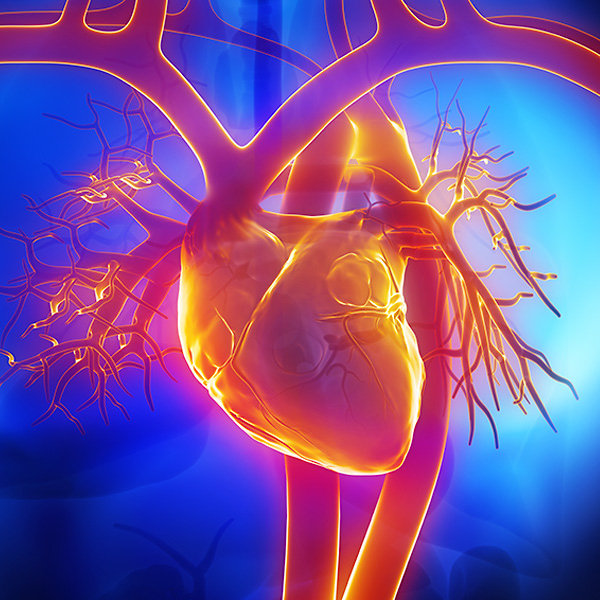Wolff-Parkinson-White Syndrome
Overview and Facts about Wolff-Parkinson-White Syndrome
Wolff-Parkinson-White Syndrome is a heart condition that causes a disruption in the heart’s normal rhythm causing an arrhythmia (irregular or abnormal heartbeat). Wolff-Parkinson-White syndrome is present at birth (congenital) and those born with it have an extra connection in the heart, known as an accessory pathway.
This extra connection can disrupt the intricate pathway of electrical signals through the heart, leading to changes in heart rhythm, such as increasing the speed of the heartbeat (tachycardia).
Causes and Risk Factors of Wolff-Parkinson-White Syndrome
While the exact cause of Wolff-Parkinson-White Syndrome is unknown, it is believed the extra electrical pathway may form before birth as the heart is developing, as a result of a gene mutation or due to other congenital heart defects. This heart condition may also be hereditary.
Signs and Symptoms of Wolff-Parkinson-White Syndrome
The heartbeat is controlled by electrical signals that move through the heart in a highly coordinated way. A cluster of cells known as the atrioventricular node sends electrical impulses from the upper chambers (atria) to the lower chambers (ventricles) of the heart.
An extra connection in the heart to those born with this heart condition allows electrical signals to bypass the atrioventricular node and move from the atria to the ventricles faster than usual. This disruption in the coordinated movement of electrical signals through the heart may lead to symptoms, including:
- Episodes of accelerated heart rate
- Dizziness
- Fluttering or pounding sensation in the chest
- Shortness of breath
- Fainting
- Cardiac arrest (very rare)
Not everyone with Wolff-Parkinson-White Syndrome has symptoms. Symptoms may also start and stop suddenly and occur at any age.
Tests and Diagnosis of Wolff-Parkinson-White Syndrome
Wolff-Parkinson-White Syndrome is typically diagnosed with one or more of the following diagnostic tools:
- Electrocardiogram: records the electrical signals in the heart
- Exercise electrocardiogram (stress test): assesses the heart's response to stress or exercise.
- Holter monitor: a portable device that measures and records the heart's activity continuously for 24 hours.
- Electrophysiological testing: evaluates the heart's electrical system and diagnoses arrhythmias.
Treatment and Care for Wolff-Parkinson-White Syndrome
Treatment depends on several factors, including the frequency of arrhythmias, symptoms, and the presence of structural heart disease. Treatment may not be necessary if there are no symptoms, or if symptoms are sporadic. When treatment is necessary, options include:
- Vagal maneuvers: physical movements that include coughing, bearing down, or putting an ice pack on the face to help slow a rapid heartbeat. They are designed to trigger a response in the vagus nerve, a major nerve responsible for many tasks such as heart rate.
- Medications: anti-arrhythmic drugs to help treat or prevent irregular or rapid heart rhythms.
- Cardioversion: a procedure is done to restore a normal heart rhythm; it is performed by sending electric shocks to the heart through electrodes placed on the chest.
- Radiofrequency ablation: during this procedure, heat is delivered through a catheter to destroy the abnormal pathways.

Request an Appointment
Loyola Medicine heart and vascular specialists have the experience and technology to treat the most difficult cardiac and vascular conditions. Schedule an appointment today.
Schedule a Telehealth Appointment
